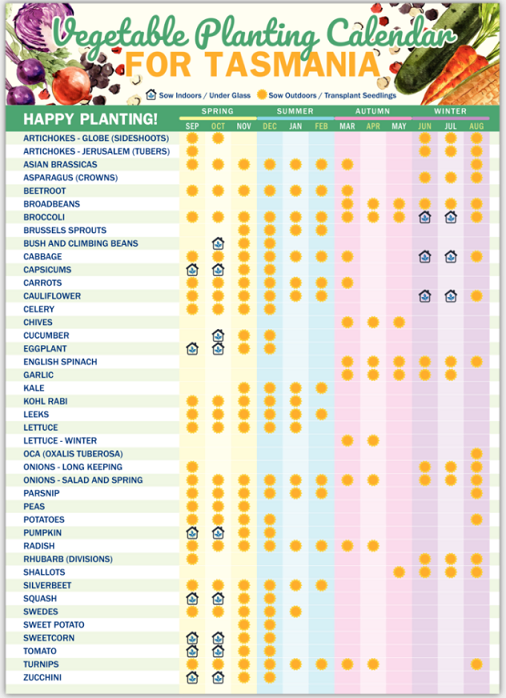EVERY summer at this time I tend to rave about the extraordinary health benefits of prunes.
I don’t just mean those slippery, shrivelled blobs we buy year round at supermarkets or even those large bottles of dark aromatic juice we’re told is so good for us.
Prunes are health-giving of course and, as a widely travelled, dedicated consumer of them, I can tell you Australian prunes and juices are among the best in the world.
Right now it’s those incredible, utterly delicious freshly harvested prunes that fill me with excitement and goodness.
Prunes are nothing more than European plums with a difference.
The great American horticulturalist and agricultural scientist Luther Burbank referred to prunes as “educated plums” because of their extraordinary health-giving properties.
Prunes have an extra-dense, amazingly sweet flesh, wonderful flavour and small stones that are so free they are easily flipped out.
There are several varieties including my favourites — the big, fat juicy ones.
I’ve long been experimenting with about six varieties, including the popular, heavy-bearing Prune D’Argen, or French prune.

These prunes are relatively small and a couple of weeks ago were fully ripe and starting to cascade to the ground. Unlike other varieties, French prunes all mature together.
In just a few days an entire, extra-heavy crop becomes a thick layer of red-purple covering hard-mown grass (or preferably a thick mulch of very dry straw) beneath a tree.
In fact, the fruit becomes so fragile when fully ripened it’s enough to hold a wide basket beneath laden branches so a single shake causes the lot to fill it in seconds.
My favourites are Purple Splendour and Robe de Sargeant, which carries huge clusters of big, purple-skinned, golden-fleshed fruit.
To stand in the cool shade of a prune tree and gorge on this superb fruit is one of the joys of summer.
Just the same, we can only eat or give away so many and the thought of enormous numbers littering the ground and threatening to go to waste is unbearable.
This is why it’s such a good idea to spread fresh, dry, springy straw beneath favourite prune trees, always as ripening approaches.
This acts both as a cushion and a well-ventilated environment allowing them to slowly dry off in the sun.
This is where prunes differ from most plums. With a high sugar content and dense, firm flesh, they don’t swell, ferment and rot, but lose moisture shrivel and remain edible.
After a week or two lying on the straw, partly protected from heavy dew by overhead foliage, they are ready to be collected. And they keep for years in this shrunk state without refrigeration.
Sun-dried prunes are not soft and slippery, but gloriously firm, chewy and tasty.
While dry they can once again be made to assume a soft, plump shape if soaked in water for a few hours, gradually heated to just below boiling, then allowed to cool.
Other European plums such as Angelina Burdett and Golden Drop can also be dried, but need to be split in half and stones removed.
Japanese plums contain less sugar and fibre and many are almost impossible to dry.
Unlike apples and pears, plums do not become sweeter after harvesting — so leave them to hang until they are slightly soft and come away easily when lifted.
That means they are fully ripe, sweet and have developed that characteristic, rich flavour.
All European plums need winter cold because fruiting buds need up to 1000 or more hours of chilling below 7C before the trees can set fruit.
This is why they are perfect for cool and temperate districts.
Prunes and plums can be trained to be grown flat against sunny walls or fences. This involves regular pruning after harvest and any wandering branch tips pinched out.
With the exception of Victoria, most European plums are not self-fertile, so need pollen from other European varieties in order to set fruit.
Most good plant nurseries and garden centres will provide pollination guides and suitable pollinators — always best planted bare-rooted during winter dormancy.
-----------------------------------------------------------------------
Check out our Tasmanian Planting Calendar Fridge Magnet – A5 size only

A year-round guide for when to plant your veggies in Tasmania. Never lose your planting guide again with a convenient fridge magnet for secure attachment to any metal surface. This growing guide has been tried and tested by some of the best Gardener’s in Tasmania, and is specifically adapted to the Tasmanian climate.
Excellent Gift for any Tasmanian you know with green thumbs and who likes Peter Cundall as much as i do!
Make sure you follow the calendar and you will have a successful year of growing vegetables in Tasmania.
Price includes FREE SHIPPING Australia wide. BUY HERE